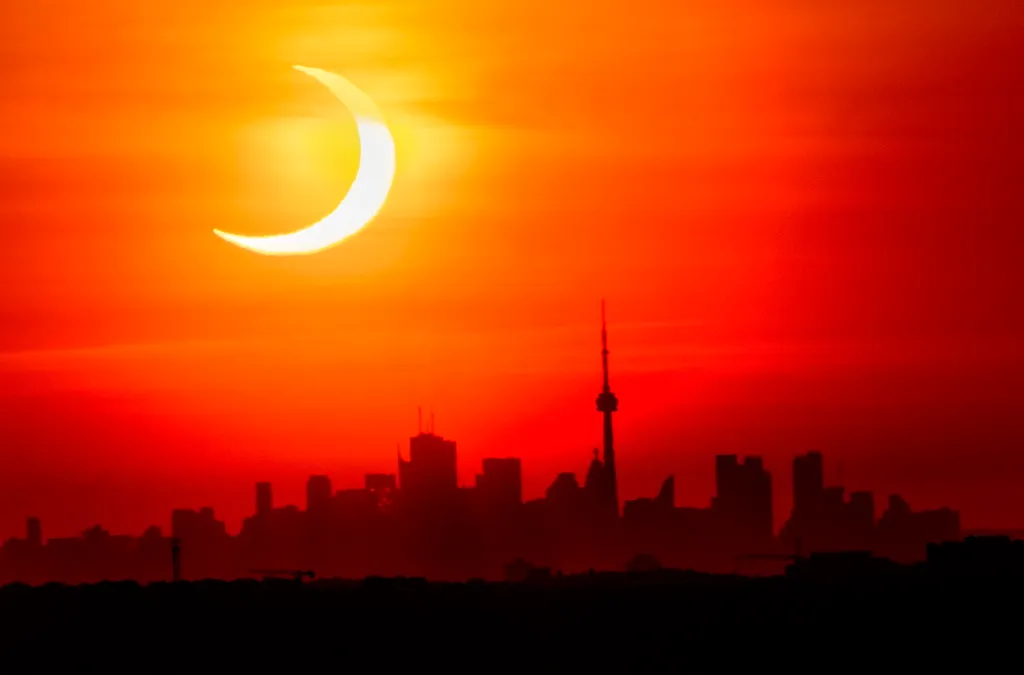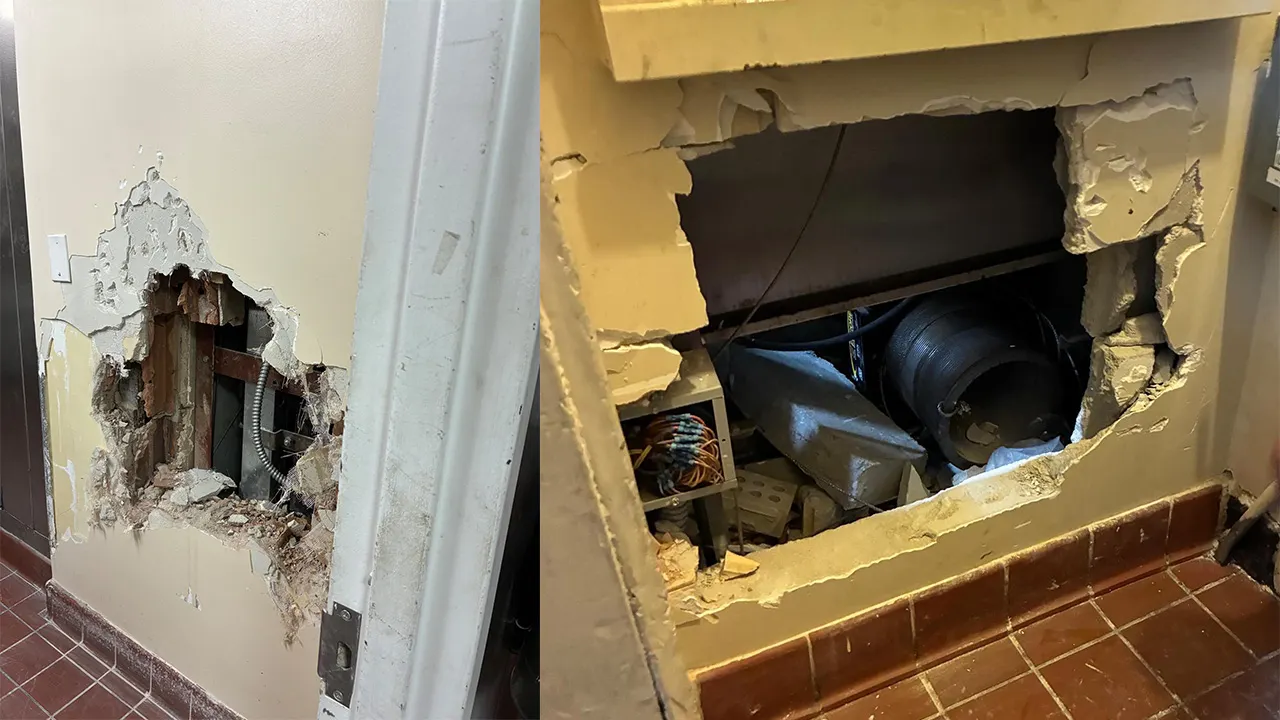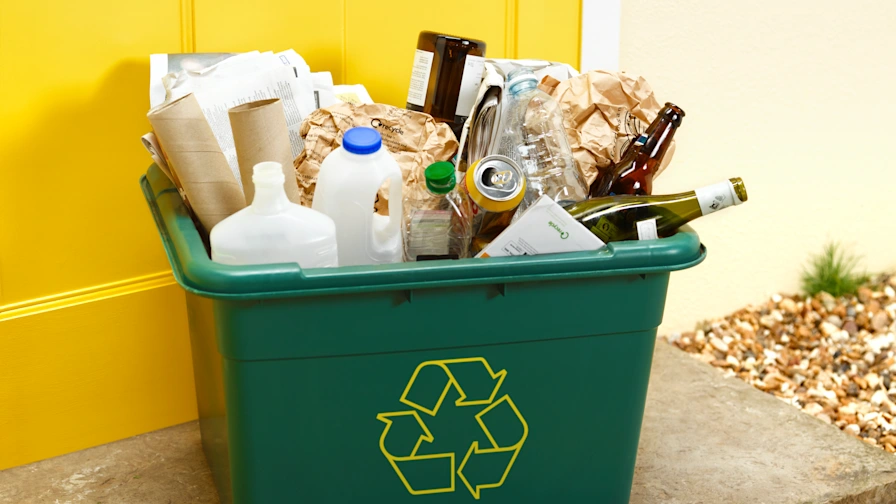Are You Ready for an Early Morning Sky Show?
New York City will see a rare event in the sky in this weekend—a partial solar eclipse! But if you want to watch it, you need to wake up early before sunrise. Because this will be the last partial solar eclipse in the U.S. until 2028. It will be happening on Saturday 30 March morning and it for a short time you have only 20 minutes but it will amaze you.
Key Eclipse Timings for NYC:
- Start: 5:23 a.m. (before sunrise)
- Peak: 6:46 a.m.
- End: 7:05 a.m.
- Visible Window: Approximately 20 minutes from sunrise at 6:44 a.m.
Because the sun won’t rise until 6:44 a.m., anything before that will be hidden below the horizon, leaving just a short 20-minute window to witness the eclipse before it ends.
What is a Partial Solar Eclipse?
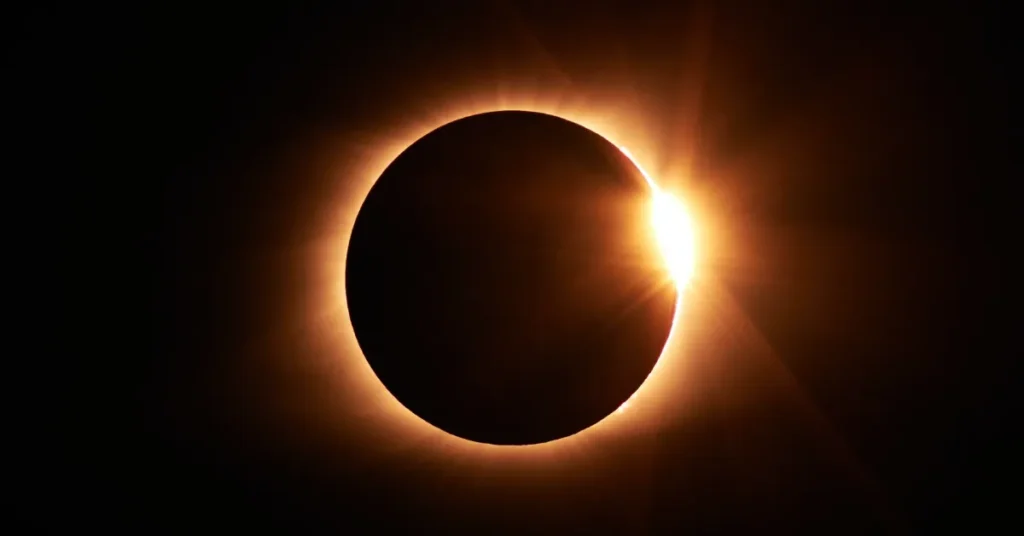
During a partial solar eclipse, the moon hides only part of the sun and leaves behind a stunning crescent. A partial eclipse looks more subtle than the total solar variety, when the moon completely eliminates the sun and casts darkness over the region. The amount of the sun that is covered depends on where you are viewing from:
- Maine: Best viewing in the Northeast, with 80% sun coverage
- New York City: 40% of the sun will be obscured
Although the eclipse won’t bring total darkness, it will still be an awe-inspiring event for those who manage to catch it.
Why is This Eclipse Special?
While solar eclipses are infrequent and when they do occur, they are often visible only in limited regions of the world. While this partial eclipse is the last of its kind to be seen in the U.S. until 2028, this is also a rare opportunity to see an eclipse without needing to travel very far. And because it won’t be a total eclipse, the sight of the moon taking a bite out of the sun is an interesting sight nonetheless.
Where to Watch? Location Matters!
Since this partial eclipse happens precisely at sunrise, the sun will be near the horizon, which makes viewing a bit tricky. Your view will be easily blocked by tall buildings and trees. For the best chance to see it, here are a few ideal viewing spots:
✔ Open Fields & Parks: Look for an unobstructed eastern horizon at Coney Island Beach, Gantry Plaza State Park or Brooklyn Bridge Park.
✔ High-Rise Buildings: If you can retreat to a rooftop or east-facing balcony of your building, that would be safest.
✔ Waterfront Locations: If you want a clear view of the skyline, consider areas along the Hudson River, East River or Jersey waterfront.
Will the Weather Cooperate?
The good news?
NYC weather should cooperate for decent visibility! Unlike the overcast conditions that ruined the recent lunar eclipse, the forecast for this weekend indicates the Tri-State area will be partly cloudy, offering skywatchers a chance to see the eclipse.
But traveling farther north for a chance to see better coverage? In that case, know that the eclipse will likely be clouded over or raining throughout Maine, Vermont and parts of upstate New York, resulting in poor visibility.
How to Safely Watch the Eclipse
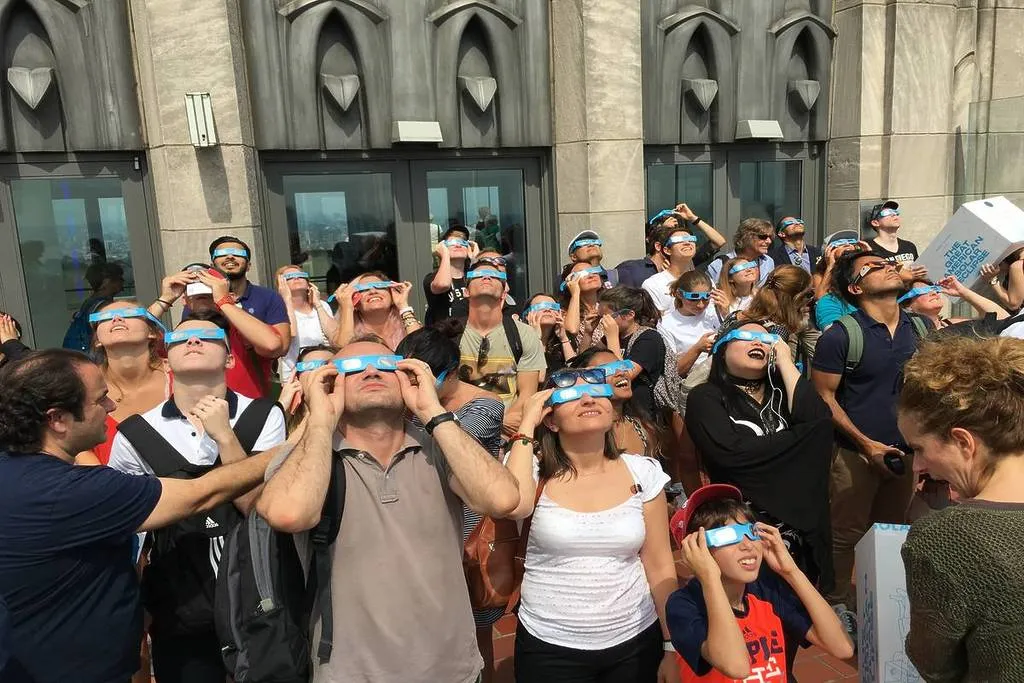
Seeing a solar eclipse is thrilling, but you must protect your eyes. Even during a partial eclipse, never look directly at the sun — it can hurt your eyes. Here are some safe ways to watch the eclipse:
🔭 Eclipse Glasses: Specialized solar filters that let you view the sun directly
📸 Pinhole Projector: An easy do-it-yourself device that helps view the eclipse indirectly by projecting an image of the sun onto a surface.
📡 Livestreams: If the weather isn’t great or you can’t make it outside, many astronomy websites will livestream the event.
Fun Eclipse Facts to Impress Your Friends!
🌑 The next partial solar eclipse in the U.S. isn’t until 2028.
🌑 The next total solar eclipse we’ll be able to see in the U.S. won’t be till 2045 — a 20-year wait!
🌓 A solar eclipse always occurs about two weeks before or after a lunar eclipse.
🌑 The longest total solar eclipse of the 21st century, which happened in 2009, lasted 6 minutes and 39 seconds.
🌑 The first-ever proof of Einstein’s theory: solar eclipses were used to confirm the theory of general relativity in 1919.
Don’t Miss This Rare Event!
For lovers of astronomy — or just lovers of the wonders of nature — this is your chance to see something rare up in the sky. So if you want an early view, set your alarm, find a good viewing spot, and enjoy! Remember—you just have 20 minutes to glimpse this partial eclipse before it sweeps away.
So whether you’re taking in some sky from a rooftop, a park or a waterfront, be sure to enjoy the beauty of the cosmos. And don’t forget to share your eclipse photos and experiences! Where will you be watching it from?

